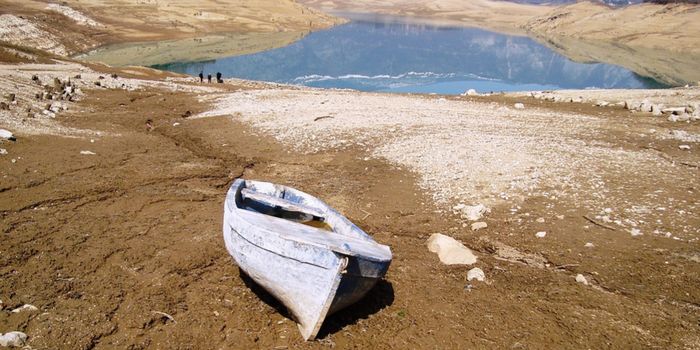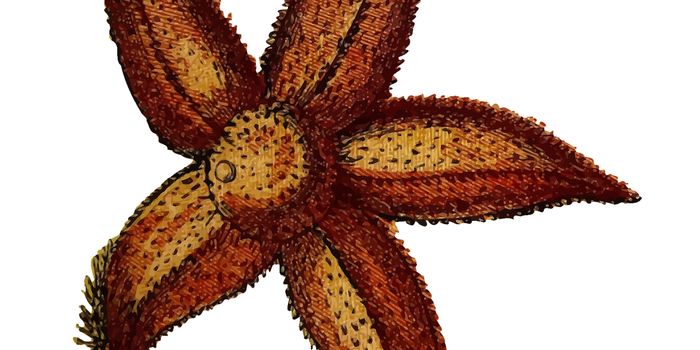While it's new in terms of scientific notice, the marine creature recently discovered in Canada by a team from the University of Toronto and named Yawunik Kootenayi dates back over 500 million years ago.

The species name, kootenayi, honors the Ktunaxa People, who have long inhabited the Kootenay area in Canada, specifically Marble Canyon. The genus name comes from a mythological figure in the Ktunaxa history, described as being huge, fierce and the subject of a legendary hunt to save civilization from the mayhem it caused.
"We wanted to acknowledge the Ktunaxa culture, and given the profile of Yawunik, it looked like a natural choice of name," said team member Cedric Aria, a PhD candidate at the University of Toronto.
Donald Sam, Ktunaxa Nation Council Director of Traditional Knowledge and Language was not involved in the study but said, "Yawunik is a central figure in the Ktunaxa creation story, and, as such, is a vital part of Ktunaxa oral history. I am ecstatic that the research team recognizes how important our history is in our territory, and chose to honor the Ktunaxa through this amazing discovery."
"Yawunik kootenayi is expanding our perspective on the anatomy and predatory habits of the first arthropods, the group to which spiders and lobsters belong," Aria said.
"It has the signature features of an arthropod with its external skeleton, segmented body and jointed appendages, but lacks certain advanced traits present in groups that survived until the present day. We say that it belongs to the stem of arthropods."
The Yawunik kootenayi had long frontal appendages composed of three claws, two of which had rows of opposing teeth that allowed it catch and consume prey. They resembled the antennae of modern shrimp, but they were much more useful. These appendages could move back and forth, as well as spread out during an attack and be withdrawn under the body during an attack making them both weapons and shields. The creature is complex and very adaptable because in addition to these front claws they have long flagella that extend outwards from the tip of the claws. This was no ordinary sea bug.
Of course, the creature isn't actually a bug at all, nor is it a crustacean. Aria, who is the first author of the a paper on the discovery which was published recently online in the journal Paleontology, said, "Unlike insects or crustaceans, Yawunik kootenayi did not possess additional appendages in the head that were specifically modified to process food. Evolution resulted here in a combination of adaptations onto the frontal-most appendage of this creature, maybe because such modifications were easier to acquire."
"Yawunik kootenayi is the most abundant of the large new species of the Marble Canyon site, and so, as a predator, it held a key position in the food network and had an important impact on this past ecosystem," said Dr Jean-Bernard Caron of the University of Toronto who helped discover the fossils. There were so many fossils of this creature, the team concluded that it must have been a prominent part of the ancient ecosystem and it's significance will impact the future study of the area.
"This animal is therefore important for the study of Marble Canyon, and shows how the site increases the significance of the in understanding the dawn of animals."









